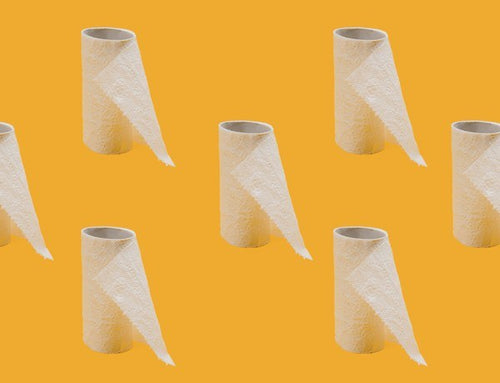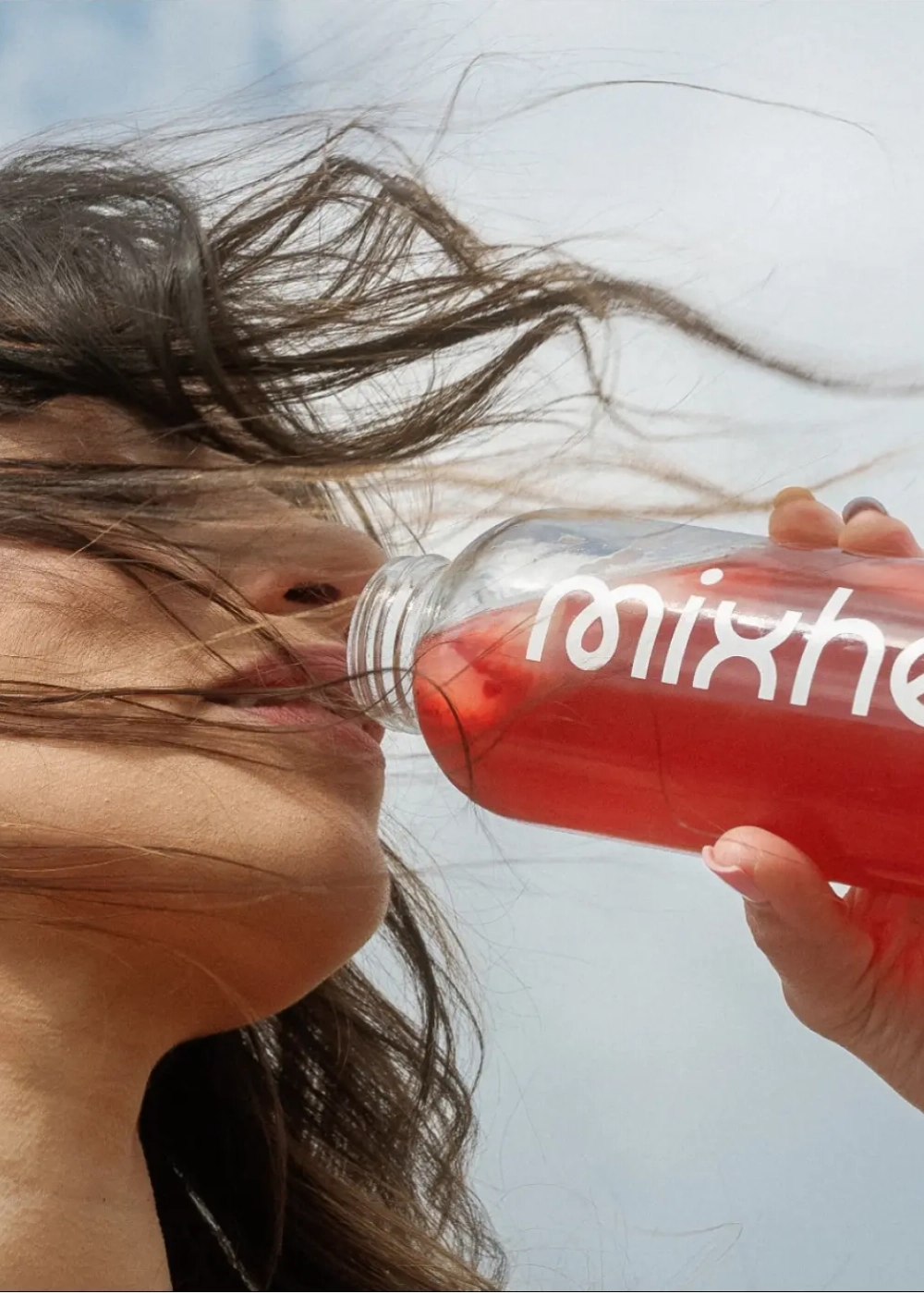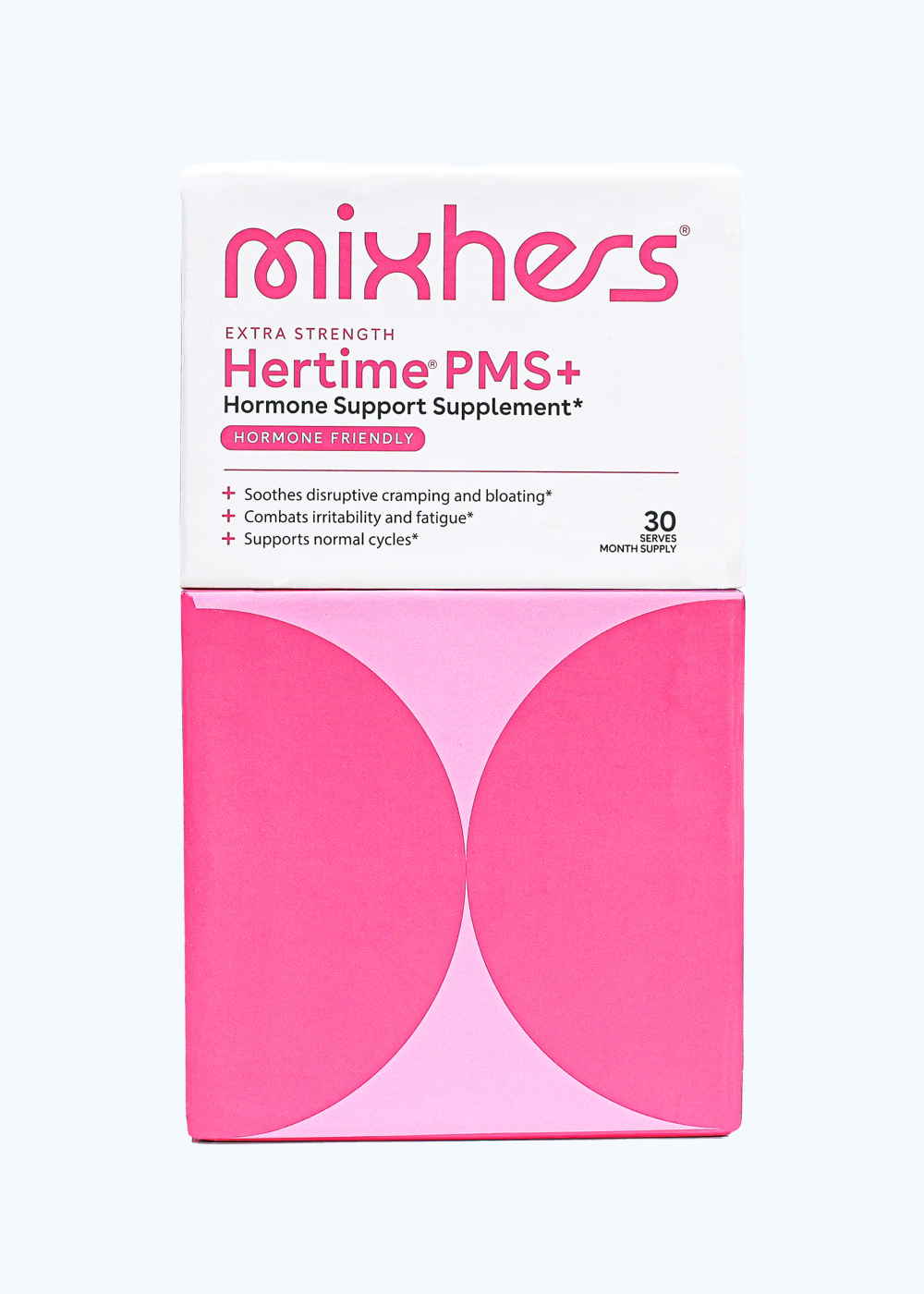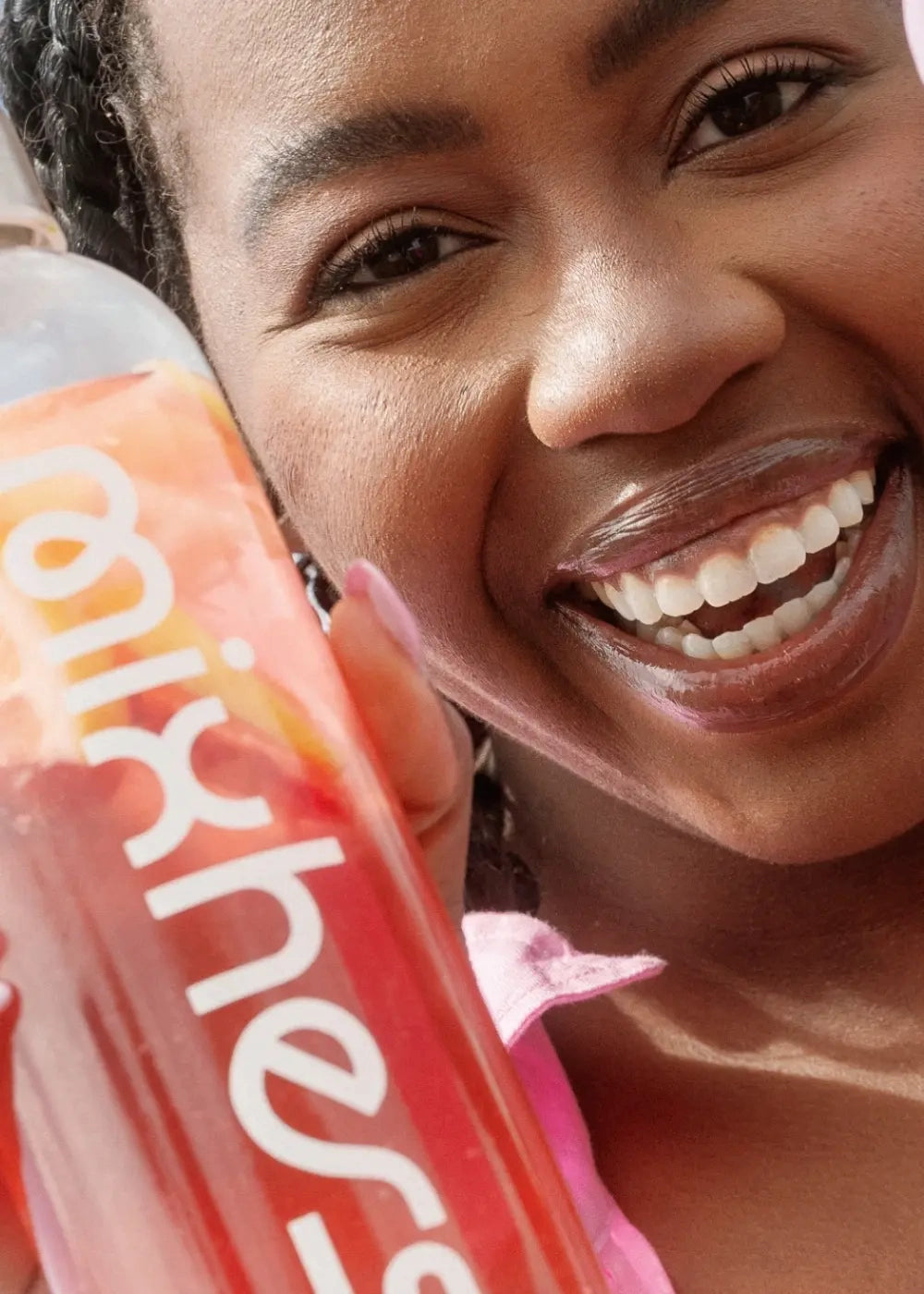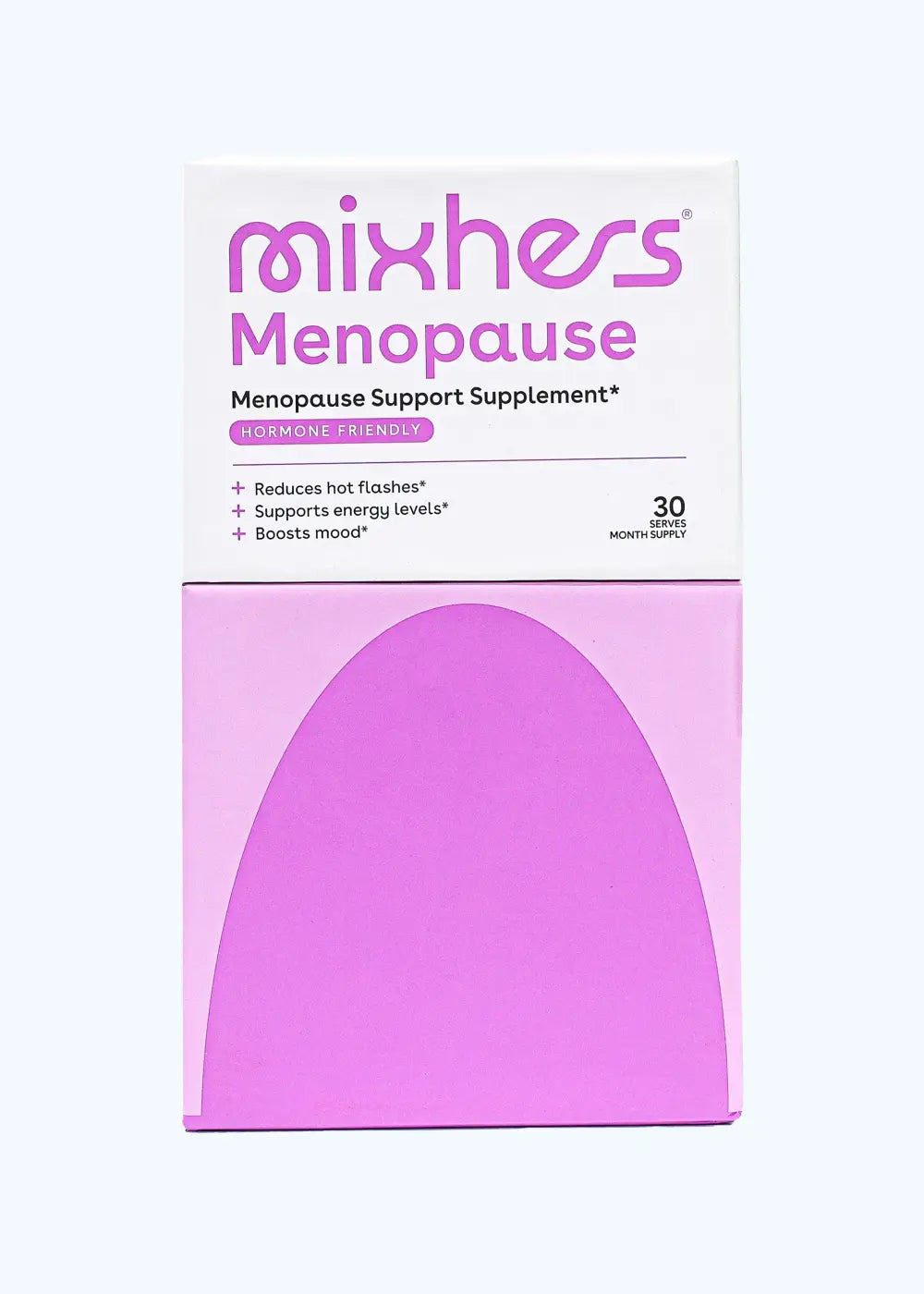With so many potential headache triggers, how can you tell if you’re experiencing a dehydration headache or some other type of headache? Well, dehydration doesn’t just cause headaches. It can cause a whole slew of symptoms that are our body’s way of screaming, “I AM NOT GETTING ENOUGH WATER!”
Unfortunately, our bodies can’t really scream at us, so we have to pay attention to the little clues they give us that they need more hydration. Besides a dehydration headache, here are a few of the additional symptoms we’re likely to experience if we have mild dehydration.
- Muscle cramps
- Dry mouth
- Dark urine
- Loss of appetite
- Decreased urine output
- Fatigue
- Strong-smelling urine
- Head pain
- Increased thirst
- Cracked lips
- Increased heart rate
- Muscle cramps
- Dizziness
These are all symptoms of mild dehydration, but what happens if we become more severely dehydrated? When our bodies go without sufficient water for too long, advanced dehydration can set in. this is a medical emergency that requires immediate IV treatment to avoid organ damage (or worse).
Here are a few indications that you’re dealing with severe dehydration and need to increase your fluid intake immediately.
- Extreme thirst
- Lack of sweat
- Not peeing at all
- Poor skin turgor (meaning the skin doesn’t bounce back when gently pinched)
- Dizziness and nausea
- Intense dehydration headache
- Sunken eyes
- Low or high blood pressure
- Rapid heartbeat
- Increased body temperature
- Reduced blood flow and volume
- Shrinking blood vessels in the brain
If you experience any of these serious dehydration symptoms, it’s time to get intravenous fluid as soon as possible!
Strangely, some people may not feel thirsty at all when they’re dehydrated. It’s unknown why dehydration triggers feelings of extreme thirst in some people and little to no thirst in others. Research shows that the older we are, the less likely we are to feel thirsty when our body needs more fluid.



